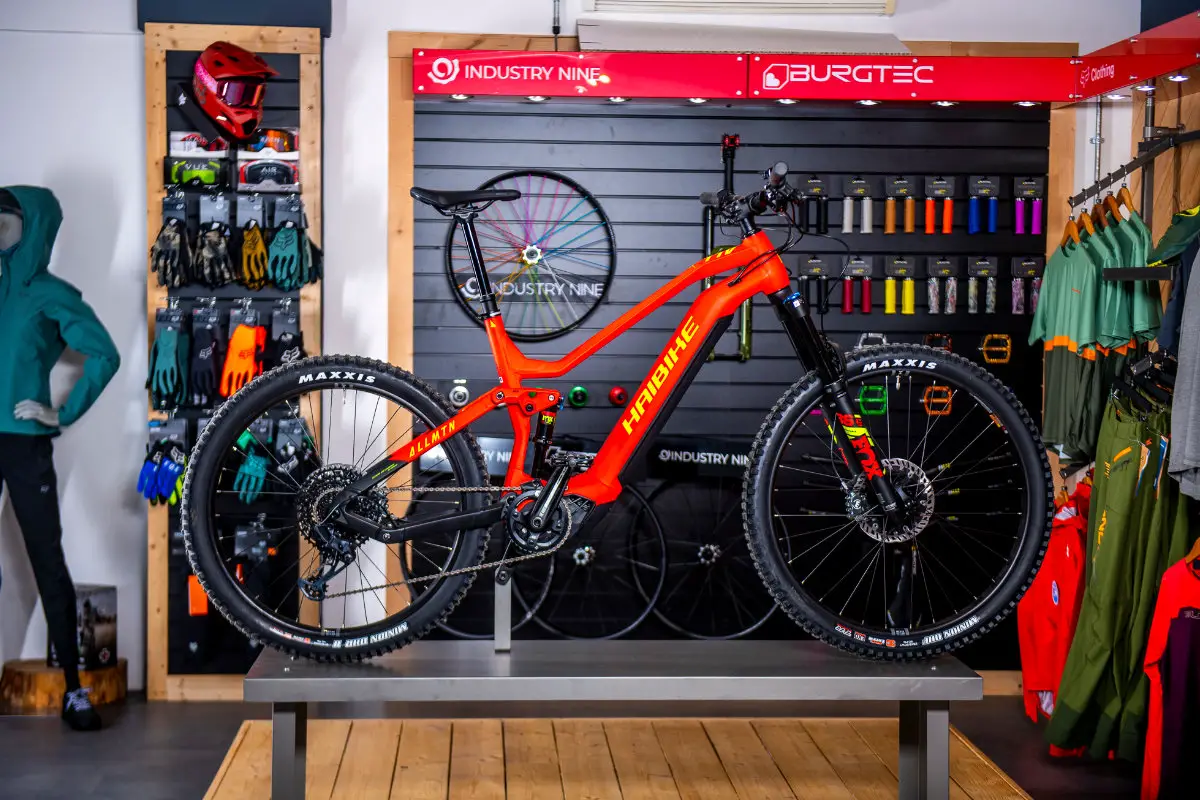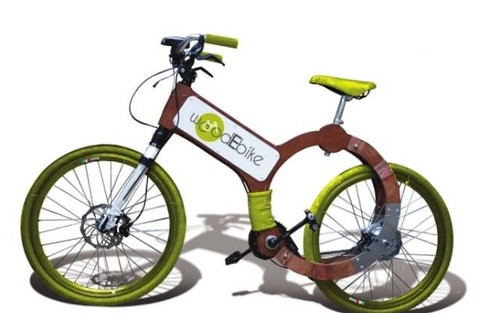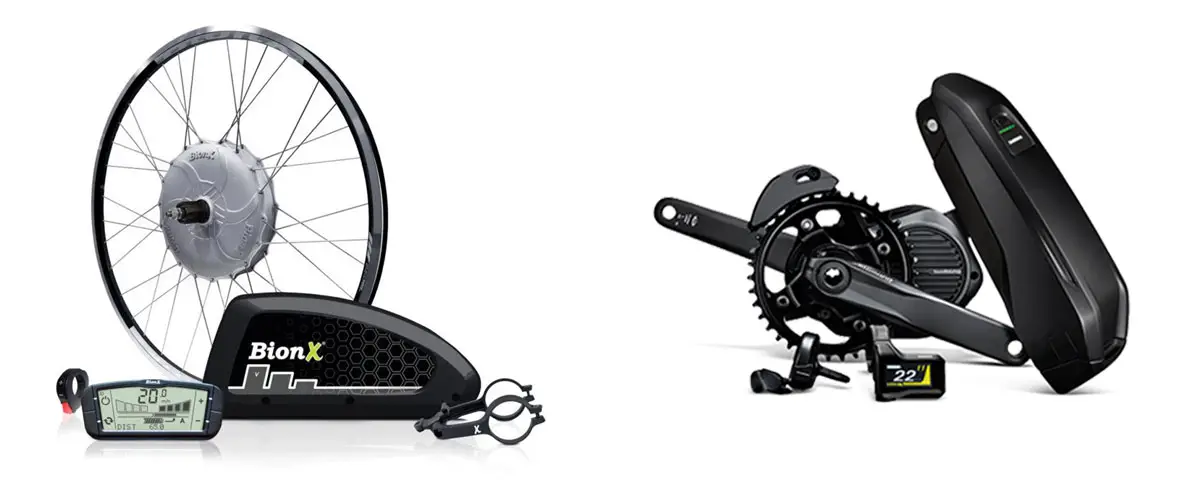Understanding E-Bike Motor Types: Hub vs. Mid-Drive Explained for Cyclists
E-bikes have grown from a niche market into a mainstream form of urban transportation and outdoor adventure. No longer just a novelty, electric bicycles offer an environmentally-friendly and efficient way to get around. At the heart of their appeal is the motor system, which plays a significant role in performance, cost, and the overall riding experience. One critical choice faced by e-bike enthusiasts is between hub motors and mid-drive motors. In this post, we’ll dissect the differences between the two, to help you make an informed decision on your e-bike purchase.

The Rising E-Bike Trend
The e-bike revolution is in full swing. With the global push towards greener living and the need for alternative forms of transportation, e-bikes have carved a sizable market. Electric bikes are making cycling more accessible to a broader demographic, encouraging more people to adopt two wheels instead of four. However, as the market expands, the range of available models and features can be overwhelming, especially when it comes to the e-bike’s motor type.
Hub Motors
What Are Hub Motors?
Hub motors are electric motors that are built into the hub of the bicycle wheel. They are the simplest form of e-bike motors and are the most commonly found on entry-level e-bikes. Compared to mid-drive motors, their design is incredibly straightforward: a hub motor is essentially the motor and the wheel itself, with no additional moving parts other than the wheel’s bearings.
Pros and Cons of Hub Motors
Pros: There are several significant advantages to hub motors. They’re typically less expensive to produce, which means e-bikes equipped with hub motors can often be more cost-effective for the consumer. Hub motors also tend to be quieter as they function independently of the bike’s gears, which means a smoother, less disruptive motor operation.
Cons: However, there are disadvantages to consider. One significant drawback is the extra weight, as the entire motor is at the wheel. This weight distribution can make the bike less balanced. Hub motors may also lack the torque necessary for particularly steep hills and can place additional strain on the wheel’s spokes, potentially leading to more maintenance over time.
Use Cases and Suitability for Different Terrains
Hub motors are excellent for flat terrains and casual city riding. They can be a great introduction to e-bikes for those who value ease of use, affordability, and the convenience of a hub motor’s sleek integration. For motorbiking aficionados, hub motors can mimic the simplicity and cool factor of classic motorbikes, making them an enticing option.
Mid-Drive Motors
What Are Mid-Drive Motors?
In contrast to hub motors, mid-drive motors are nestled between the pedals of the e-bike. This positioning provides a more balanced weight distribution, a lower center of gravity, and the ability to leverage the bike’s gears for enhanced performance.
Advantages and Disadvantages of Mid-Drive Motors
Advantages: Mid-drives offer several key benefits. They maximize the use of the bike’s drivetrain and gears, using the motor to amplify the rider’s pedaling force. This setup enables the e-bike to tackle hills with greater ease and efficiency. Additionally, mid-drive motors often provide a more natural riding experience as they engage with the rider’s pedaling motion.
Disadvantages: The complexity of a mid-drive system typically translates to a higher price point for the e-bike. There is also the potential for a noisier ride, as the motor’s engagement with the bike’s chain and gears can create additional sound compared to the quieter operation of hub motors. Additionally, because mid-drives exert their forces through the chain and sprockets, they can cause more wear and tear on the bike’s standard drivetrain components.
Performance Comparison with Hub Motors
When it comes to performance, mid-drives shine where hub motors may struggle. The torque from a mid-drive electric bike motor is applied directly to the chain, at the bike’s rear cassette. This allows the motor to engage the full range of gears. This can be particularly important when climbing steep hills or when carrying heavy loads.

Factors to Consider When Choosing
Terrain
Consider the typical terrain of your rides. Hub motors are suited to flat or moderately hilly environments. Mid-drives excel in more varied or challenging landscapes. However, advancements in motor technology mean there are hub motors with increasingly high torque capabilities, making them more versatile than ever.
Riding Style
Your preferred riding style also plays a role. If you value a consistent pedal cadence, mid-drives, which engage in tandem with your pedaling, may be preferable. On the other hand, if you favor throttle-only or frequent stops and starts, a hub motor could meet your needs more effectively.
Battery Efficiency
Efficiency is vital, especially with battery technology still developing. Mid-drive motors can be more efficient, as the motor’s positioning on the bike can lead to better use of the battery’s power. However, hub motors can be very energy efficient in their own right, particularly for those who maintain a steady pace.
Conclusion
Making the right choice between hub and mid-drive motors for your e-bike is a personal decision. Each type has its set of advantages and disadvantages, and the best motor for you will depend on your specific needs and riding preferences. Remember to test ride as many models as possible and consult with a reputable e-bike dealer who can help you weigh the pros and cons based on your unique circumstances.
The rise of e-bikes is not just a trend – it’s a significant advancement in the quest for sustainable and enjoyable urban mobility. By understanding the nuances of e-bike motor types, you can ensure that your foray into electrified two-wheel travel is not only fun but also tailored to your lifestyle and performance requirements. Now, gear up and enjoy the ride, knowing that you’ve made a well-informed choice.






